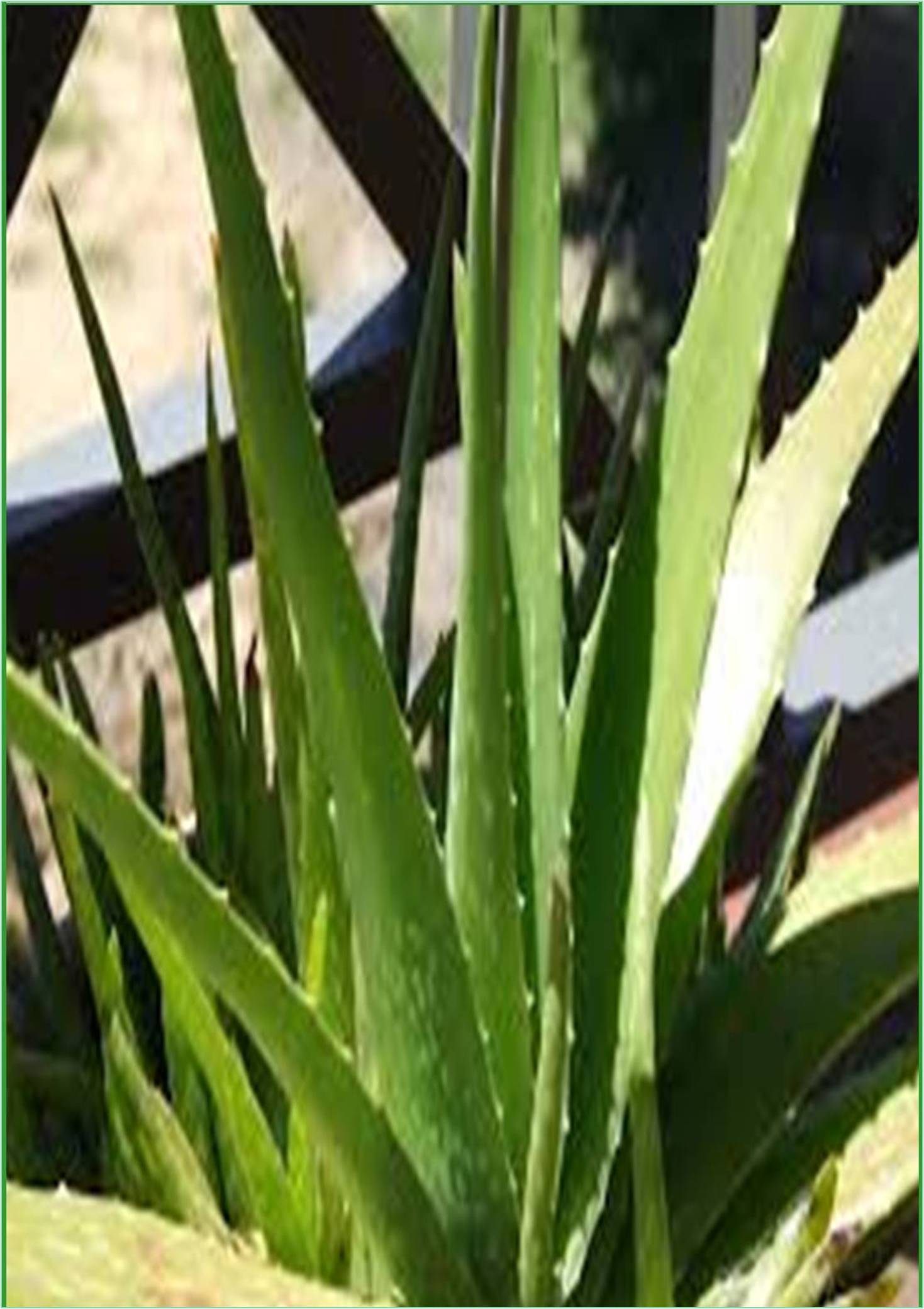



Received: 01-Feb-2022, Manuscript No. GJMPR-22-59012; Editor assigned: 03-Feb-2022, Pre QC No. GJMPR-22-59012(PQ); Reviewed: 17-Feb-2022, QC No. GJMPR-22-59012; Revised: 21-Feb-2022, Manuscript No. GJMPR-22-59012(R); Published: 03-Mar-2022, DOI: 10.15651/GJMPR.22.7.070
Plants are used for health and medical functions since thousands of years. It is dreadfully troublesome to tell a certain time when the use of plants was started as medicine, 60 000 years ago, the Carbon dating from ancient Iraq records that plants were cultivated as medicines. Plants are permanently the main source of drug and treatment strategy in different traditional medicinal systems. India is the rich source of medicinal plants, and numerous systems of medicine such as Ayurveda, Siddha, and Unani use many plant extracts against diseases. Ayurveda is the traditional Indian structure of medicine from earliest times, commonly using herbal arrangements, to prevent tumors and various diseases. Since development of life, nature has given its specific medicine for animals as well as birds and herbs acted as medicine and food. Animals, and birds, are impulsively able to self-medicate with herbs, known as the zoo pharmacognosy and same with the capable human.
In the past era, the use of plants in the deterrence and retrieval of animal health as well as for conservations of grains has suddenly increased due to the development of organic livestock production systems combined with drug resistance, the high participation costs, and the concern about toxic deposits in food and also due to the side effects of modern drugs, failure of advanced therapies against chronic diseases, and microbial resistance.
Nowadays plant based medicines or products are used to progress health conditions or as healing substance either alone or in combination with others. Herbal medicines are being used by a growing number of people as these products are measured safe or minimum side effects. In African and Assian countries, 80% of the population depends on traditional medicine for their primary healthcare. It is seen that about 25% of modern medicines have come from plants first used traditionally.
India, owning one of the richest resources of herbalism in the world, accounts around 20,000 medicinal plant species, however, only 7000-7500 plants species has been used by different medicinal communities for curing different diseases.
Herbal plants are act as health promoters and also for the treatment of diseases. Herbs are used in various infections like anthelmintic and acaricidal and also have inferences in surgical and gynaecological interventions as well as in bovine mastitis. The secondary bioactive compounds or metabolites are the nutritious elements present in the plants important for animal health care by enhancing livestock productivity and dropping environmental pollutants. World Health Organization (WHO) has accepted the necessity for investigation and mobilization of ancient medicinal practice to fulfill the primary health care of the animals and appreciates that the traditional system of medicine may play a key role in the development of livestock of the third world countries.
The use of medicinal plants in the treatment of diseases as well as for increasing the productivity of high yielding animals like cattle has created improved interest in recent times, as herbal preparations are increasingly being used in cattle healthcare practices. In spite of the wide modern programs implemented by government organizations and hospitals to elevate rural health care, these traditional treatments have remained popular. In some remote places, people have huge undocumented traditional knowledge about animal diseases, herbal treatments, formulations, etc. In the lack of veterinary services, traditional medical practices for treating livestock remain popular in tribal villages. The aim was to review the traditional information and assess the potential welfares of the medicinal plants along with their importance in animal production for efficient management and fruitful rearing of our animals.
The unwanted effect of synthetic drugs, such as the existence of antibiotic residues and toxic metabolites in meat and byproducts leading to the problem of antibiotic resistance in humans is a problem of concern in long term usage of synthetic products. Besides, this health care is high-priced to most of Indian livestock owners. Sometimes, access to health care is hardly realized due to detachment of villages. Such issues have underscored use of herbal preparations which are considered to be comparatively safe and affordable for the rural folk.